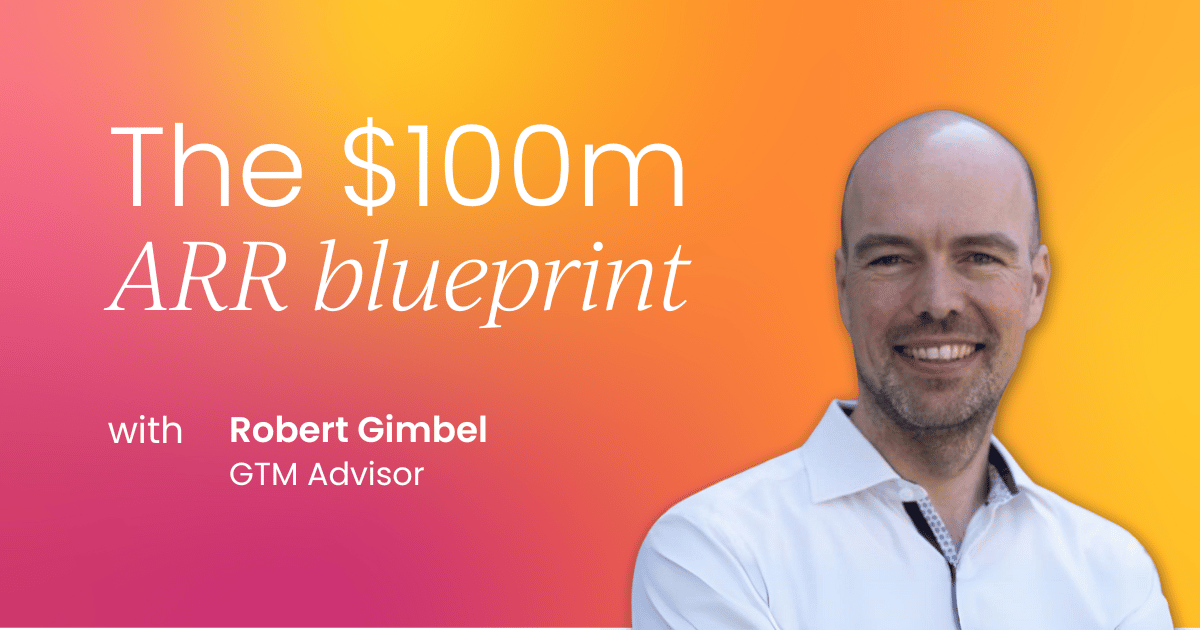This article comes from Laura Wheeler’s talk at our Los Angeles #GTM24 summit. Check out her full presentation and the wealth of OnDemand resources waiting for you.
Back when I was in high school, my history teacher, Mr. Stahlcup, would end every class with this phrase:
Timing is everything.
That lesson has stuck with me. While I was probably more concerned about lunchtime seating arrangements back then, this simple concept has proven to be a crucial insight in my career—especially during my last two years at a startup.
So today, I want to dive into this further and talk about something that's quietly destroying revenue efficiency in B2B SaaS companies: go-to-market (GTM) debt. As someone who's held roles from direct sales to sales leadership to revenue operations and enablement, I've seen firsthand how this silent killer operates—and more importantly, I’ve learned how to identify and address it.
Let me share how…
The startup reality check
Let's start with a sobering statistic: nine out of ten startups fail. By year five, 50% of startups have pulled down the shutters, and 70% won't see their tenth birthday. Even tech giants aren't immune—Amazon alone has 60 failed startups within their ecosystem.
These numbers beg the question: why?
Through my work at Renegade Operations and now RVNU, we've identified that it often comes down to skipping crucial steps in the go-to-market journey, leading to what we call "GTM debt."
But what exactly is GTM debt? Well, it's the gap that occurs when a company is overambitious and operates ahead of its actual capabilities and market position.
You might think, "Isn't it good to get ahead of schedule? To see around corners?" While forethoughtis valuable, operating too far ahead of your reality leads to false starts, misaligned resources, and chaos—ultimately burning through precious capital.
Given that running out of funding is the number one reason startups fail, this is a pretty critical issue to address.

Understanding GTM debt drivers
Have you heard of the "triple, triple, double, double, double" growth model? It's the classic path to unicorn status: start with $1 million in revenue, triple it twice, double it three times, and voilà—you've got your billion-dollar valuation.
Sounds great on paper, right? But this pressure to move quickly, often driven by anxious VCs and competitive markets, creates several critical headwinds that contribute to GTM debt:
1. Speed vs. expertise dilemma
When you're racing against time (remember that 50% failure rate in the first five years?), you need to make quick decisions. But confident decision-making requires expertise and data—both of which are often in short supply at early-stage companies.
Time isn't your friend when you're trying to build something new, but rushing without proper expertise can be equally dangerous.





